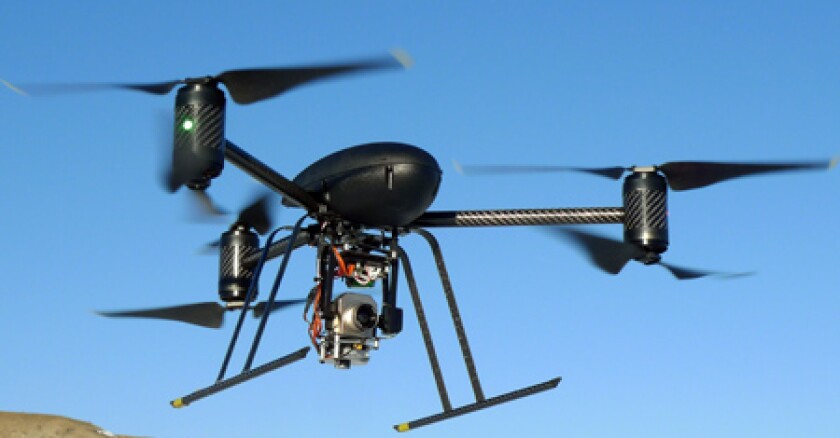"Eye in the Sky" is fast becoming a reality for many states and municipalities as they turn to unmanned vehicles -- or drones -- for law enforcement, surveillance, emergency response or monitoring traffic, among other uses.
While privacy concerns about spying on Americans and difficulty in promulgating federal regulations have slowed the pace of implementation of unmanned flying equipment, experts in the field say the day is coming soon when drones will be flying routinely. In fact, the Federal Aviation Administration (FAA) is in the process of drafting rules to govern the initial testing for use of the drones, due by this summer. A full set of regulations is expected to be in place by 2015.
Meanwhile, many jurisdictions have received approval to begin using the drones. In Seattle, for example, the city police department has received approval to employ drones in law enforcement -- a key use for many cities contemplating the devices. Seattle police say they are training officers in how to fly them.
In the Washington, D.C., area, Fairfax County Police Chief David Rohrer said on WTOP radio's
Ask the Chief program recently that drones will be patrolling the Washington Beltway -- infamous for its massive traffic jams -- in the next few years.
"Just as ... an alternative for spotting traffic and sending information back to our VDOT (Virginia Department of Transportation) Smart Traffic centers, and being able to observe backups," he said.
Tina Trenkner is the Deputy Editor for GOVERNING.com. She edits the Technology and Health newsletters.









